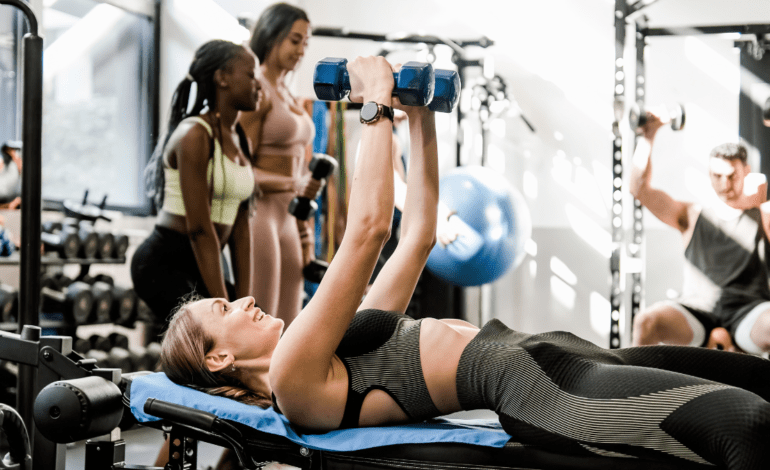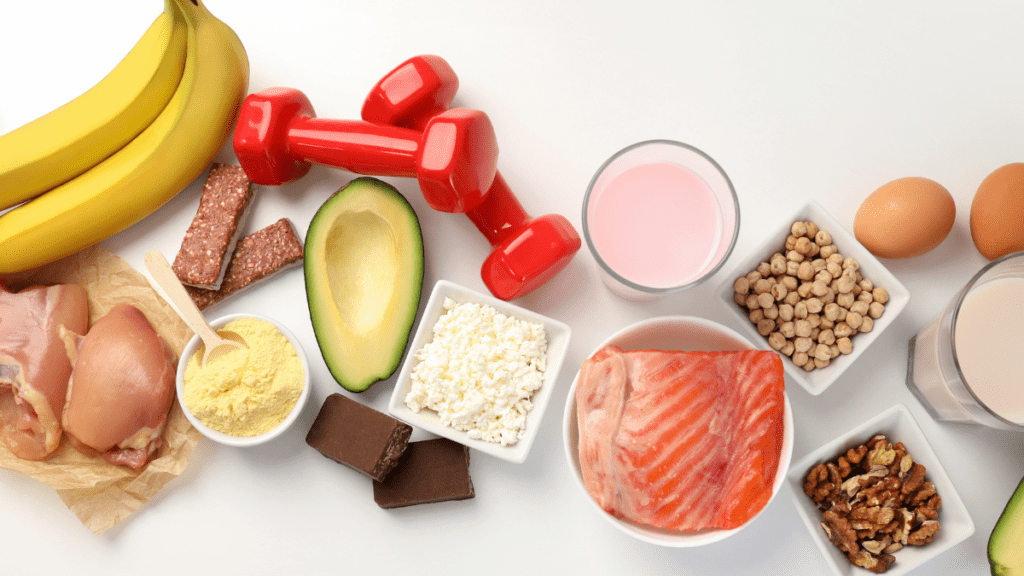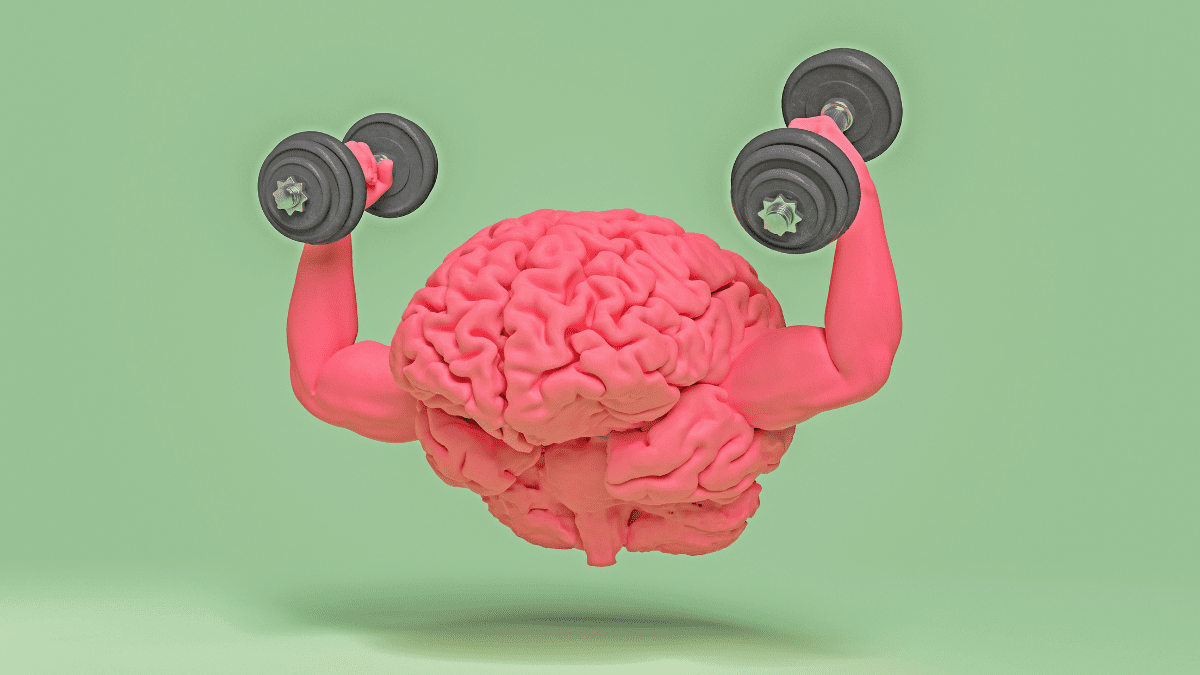Holistic Wellness: How to Supercharge Your Fitness!
Holistic wellness is the game-changer your fitness routine needs! Unlock unstoppable energy, strength, and mental clarity by mastering the mind-body connection. Are you ready to transform your health forever?

Introduction: Why Holistic Wellness Matters in Fitness
Many people think fitness is just about workouts. But holistic wellness goes beyond lifting weights or running miles. It integrates the mind, body, and emotional well-being to create lasting health. Without balance, even the best workouts fail to deliver long-term results.
Stress, poor sleep, and bad nutrition weaken the body. Ignoring mental health leads to burnout and injury. True fitness requires more than just movement—it needs a holistic approach. When you train your body and mind together, you unlock higher energy, strength, and resilience.
Science now proves the power of mind-body practices like somatic yoga in reducing pain and improving movement. To dive deeper, explore this guide on somatic yoga and its incredible benefits.
Are you ready to transform the way you move, feel, and perform? Let’s explore how holistic wellness can supercharge your fitness and overall well-being.
The Mind-Body Connection: The Key to Holistic Wellness
Many people separate physical fitness from mental well-being. However, holistic wellness proves they are deeply connected. The mind influences how the body moves, recovers, and performs. When stress, anxiety, or negative thoughts take over, the body suffers.
Studies show that stress increases inflammation and weakens muscles. It also slows recovery and lowers endurance. On the other hand, a positive mindset enhances strength, focus, and resilience. The way you think affects how your body functions.
How holistic wellness transforms your fitness results
The mind controls movement, endurance, and performance. Athletes who use visualization techniques improve their results. Studies on elite performers show that mental training strengthens motor skills. When you visualize success, your brain and muscles respond as if it’s real.
Meditation is another powerful tool. It reduces cortisol, the stress hormone that causes fatigue and muscle breakdown. Deep breathing increases oxygen flow, improving endurance and energy levels. When the mind is calm, the body performs better.
Mindfulness during workouts also improves results. Focusing on each movement increases muscle activation. It also prevents injuries by improving body awareness. Being present enhances both performance and recovery.
Why stress weakens fitness and how to prevent it
Stress does more than affect mood. It disrupts sleep, increases cravings, and lowers motivation. Chronic stress triggers the release of cortisol, which causes weight gain and muscle loss. It also slows down metabolism.
Holistic practices like yoga and breathwork help regulate stress. Research shows that mindful breathing lowers cortisol and enhances workout performance. To learn more, check out this guide on how deep breathing improves athletic endurance.
Gratitude and positive affirmations also shift the nervous system. When the mind feels safe, the body functions better. Simple habits like journaling or daily affirmations improve emotional balance.
Integrating the mind-body connection into daily workouts
Bringing holistic wellness into your fitness routine is simple. Start with five minutes of breathwork before workouts. Use visualization techniques to set clear fitness goals. Stay mindful of movements to avoid injuries and maximize results.
By strengthening the mind-body connection, fitness becomes more effective. Training isn’t just about physical effort—it’s about mental alignment. Next, let’s explore how movement beyond the gym plays a role in holistic health.
Movement Beyond the Gym: Functional Fitness & Mobility
Traditional workouts focus on isolated movements. However, holistic wellness promotes exercises that improve real-life movement. Functional fitness strengthens muscles while enhancing flexibility, balance, and coordination. This approach prevents injuries and boosts overall performance.
Unlike machines that target single muscles, functional training mimics everyday movements. Squats, lunges, and rotational exercises engage multiple muscle groups. These exercises build strength for daily activities like lifting, bending, and reaching.
Why holistic wellness prioritizes mobility and strength
Mobility is often overlooked. Many people focus on strength but ignore flexibility. Limited mobility leads to stiffness, pain, and poor posture. Holistic wellness emphasizes stretching, joint stability, and full-body movement.
Yoga and Pilates improve mobility while strengthening deep stabilizing muscles. These practices enhance posture, reduce tension, and increase range of motion. They also boost recovery, making workouts more effective.
Strength training is also essential. It improves bone density, supports metabolism, and prevents injuries. Functional strength exercises develop power for real-world activities. Training should combine flexibility, mobility, and strength for balanced fitness.
The benefits of movement-based training
Functional fitness enhances body control and coordination. It improves athletic performance and supports long-term joint health. Unlike traditional weightlifting, it strengthens stabilizer muscles. These small muscles protect joints and prevent imbalances.
Core strength is another benefit. A strong core improves balance, stability, and posture. Exercises like planks and rotational movements build core endurance. A stable core reduces back pain and improves performance in any activity.
Everyday movement becomes easier with functional training. Whether carrying groceries or playing sports, the body adapts better. Mobility-focused exercises also prevent stiffness from prolonged sitting.
How to add functional fitness to your routine
Incorporating movement-based exercises does not require a gym. Bodyweight exercises, resistance bands, and free weights work well. Adding mobility drills before workouts improves flexibility and reduces the risk of injury.
Dynamic stretching before exercise prepares muscles for movement. Foam rolling releases tightness and improves circulation. Balance training strengthens stabilizer muscles. These small changes enhance performance and prevent pain.
Research shows that functional training improves movement efficiency and reduces injury risks. To explore more, check out this guide on functional movement and its benefits.
Holistic wellness thrives on balance. Strength, flexibility, and mobility create a body that moves with ease. Next, let’s dive into the role of nutrition in optimizing fitness and well-being.

The Role of Nutrition in Holistic Wellness & Fitness
Food is more than fuel. It directly affects energy, performance, and recovery. Holistic wellness emphasizes whole, nutrient-rich foods that support both the body and mind. A balanced diet enhances strength, endurance, and overall well-being.
Many people focus only on workouts but neglect nutrition. Exercise alone cannot build muscle, burn fat, or sustain energy. Proper nutrition provides the foundation for optimal health. Without it, fitness goals become harder to achieve.
How to eat for holistic wellness and optimal performance
The right foods enhance both mental and physical performance. Whole foods packed with vitamins, minerals, and antioxidants help the body recover faster. Processed foods, on the other hand, lead to inflammation, fatigue, and slower progress.
Protein is essential for muscle repair and strength. Lean meats, fish, eggs, and plant-based proteins help rebuild muscle fibers. Carbohydrates fuel workouts and maintain endurance. Whole grains, fruits, and vegetables provide steady energy without crashes.
Healthy fats improve brain function and reduce inflammation. Avocados, nuts, seeds, and olive oil support joint health and hormone balance. Hydration is just as important. Dehydration weakens muscles, reduces focus, and slows recovery. Drinking enough water keeps the body performing at its best.
Why gut health is essential for holistic wellness
The gut controls digestion, immunity, and even mood. Poor gut health leads to bloating, fatigue, and nutrient deficiencies. Holistic wellness promotes a strong digestive system through fiber-rich foods, probiotics, and mindful eating.
Fermented foods like yogurt, kimchi, and sauerkraut improve gut bacteria. These foods support digestion and enhance nutrient absorption. Fiber from fruits, vegetables, and whole grains keeps digestion smooth. Eating slowly and chewing properly also improves digestion.
Research shows that gut health plays a major role in fitness and mental well-being. To learn more, check out this guide on gut health and its impact on overall wellness.
Nutrient timing for better fitness results
Eating the right foods at the right time improves energy and recovery. A pre-workout meal with protein and carbs fuels performance. A post-workout meal helps muscles rebuild and recover.
Small, balanced meals throughout the day maintain energy levels. Skipping meals leads to fatigue and cravings. Eating mindfully and avoiding processed foods keeps the body in peak condition.
Holistic wellness thrives on balance. Nutrition, movement, and recovery work together. Next, let’s explore why rest and sleep are critical for fitness and well-being.
Recovery & Sleep: The Overlooked Pillars of Holistic Wellness
Many people push their bodies to the limit but forget about recovery. Holistic wellness focuses not only on exercise and nutrition but also on rest. Without proper recovery, fitness progress slows, injuries increase, and energy drops. Sleep and active recovery are essential for long-term health.
Overtraining leads to burnout, fatigue, and muscle breakdown. It weakens the immune system and increases stress levels. Rest is when muscles rebuild, the brain resets, and energy restores. Without it, workouts become less effective.
Why holistic wellness prioritizes rest and recovery
Rest days allow the body to repair. Intense workouts create tiny muscle tears. Recovery strengthens those muscles, making them bigger and more resilient. Skipping rest leads to chronic soreness and decreased performance.
Sleep plays a major role in recovery. Deep sleep triggers growth hormone production, which repairs muscles and tissues. Poor sleep weakens reflexes, reduces focus, and slows metabolism. Studies show that athletes who get enough sleep perform better and recover faster.
Stress management is also key. High cortisol levels from lack of rest slow down muscle growth and increase fat storage. Breathing exercises and meditation help lower stress and promote better recovery. To learn more, check out this guide on deep breathing and its impact on stress relief.
How to improve sleep for better fitness and holistic wellness
Good sleep starts with a solid routine. Going to bed at the same time every night regulates the body’s internal clock. Creating a nighttime ritual helps signal the brain that it’s time to wind down.
Limiting screen time before bed improves sleep quality. Blue light from phones and computers disrupts melatonin production. Reading, stretching, or listening to calming music can replace late-night scrolling.
Nutrition also affects sleep. Eating heavy meals before bed disrupts digestion, while caffeine and sugar overstimulate the nervous system. Herbal teas, magnesium-rich foods, and light snacks support relaxation.
Active recovery: Moving while resting
Recovery doesn’t mean doing nothing. Active recovery keeps blood flowing and reduces stiffness. Light activities like yoga, stretching, and walking help muscles heal faster. Foam rolling and massage release tension and improve circulation.
Hydration is another key factor. Dehydrated muscles feel tighter and take longer to recover. Drinking enough water throughout the day keeps tissues flexible and flushes out toxins.
Holistic wellness teaches that progress comes from balance. Training hard is important, but so is resting well. Next, let’s explore how stress management and mental fitness impact overall health and performance.
Stress Management & Mental Fitness for Peak Performance
Stress affects the body just as much as poor diet or lack of exercise. Holistic wellness recognizes that mental fitness is just as important as physical strength. Managing stress improves focus, energy, and overall well-being. Without it, performance suffers, and recovery slows.
Chronic stress increases cortisol levels. This hormone weakens muscles, slows metabolism, and disrupts sleep. High cortisol also leads to emotional eating, fatigue, and reduced motivation. Learning to manage stress is essential for maintaining a strong body and mind.
How holistic wellness reduces stress and improves fitness
Mindfulness is a powerful tool for stress relief. Studies show that meditation lowers cortisol, reduces anxiety, and improves mental clarity. Just a few minutes of deep breathing or guided relaxation each day makes a difference.
Journaling is another simple yet effective practice. Writing down thoughts and goals helps process emotions. It also creates a sense of control and reduces negative thinking. Gratitude journaling shifts focus from stress to positive experiences.
Spending time in nature also lowers stress. Fresh air, movement, and sunlight improve mood and energy levels. Even short walks outside can clear the mind and boost motivation.
Why emotional resilience matters in holistic wellness
Mental strength is key to long-term success. Setbacks, failures, and challenges are part of any fitness journey. Those who develop emotional resilience stay motivated even when progress is slow.
Reframing negative thoughts helps. Instead of focusing on what’s wrong, shift perspective to solutions. Positive self-talk strengthens confidence and reduces fear of failure. A growth mindset makes goals feel more achievable.
Social support also plays a role. Surrounding yourself with like-minded people creates motivation. Friends, family, or fitness communities provide encouragement. Studies show that having strong social connections reduces stress and increases well-being.

How breathwork and relaxation techniques support holistic wellness
Breathwork is a simple yet powerful way to control stress. Slow, deep breathing calms the nervous system and lowers blood pressure. It also improves oxygen flow, which boosts energy and focus.
Progressive muscle relaxation is another technique. Tensing and releasing each muscle group helps the body unwind. It’s especially useful before sleep or after intense workouts.
Science supports the connection between stress reduction and physical performance. To learn more, check out this guide on the impact of stress management on fitness.
Holistic wellness integrates mental and physical fitness. A strong mind leads to a strong body. Next, let’s explore how to bring everything together for a balanced, healthy life.
Conclusion: Elevate Your Life with Holistic Wellness
True health is more than just exercise. Holistic wellness combines movement, nutrition, recovery, and mental fitness. When all areas align, energy increases, performance improves, and well-being thrives.
Ignoring one aspect weakens the whole system. Overtraining without rest leads to burnout. Poor nutrition slows recovery. Stress drains motivation. Balance is the key to long-term success.
Small changes create big results. Practicing mindfulness reduces stress. Functional movement improves mobility. Whole foods fuel the body. Quality sleep enhances recovery. Every step toward holistic wellness builds a stronger, healthier life.
Your mind and body work together. Train both, and you unlock limitless potential. The journey starts with a single choice. Are you ready to embrace holistic wellness and transform your fitness forever?







